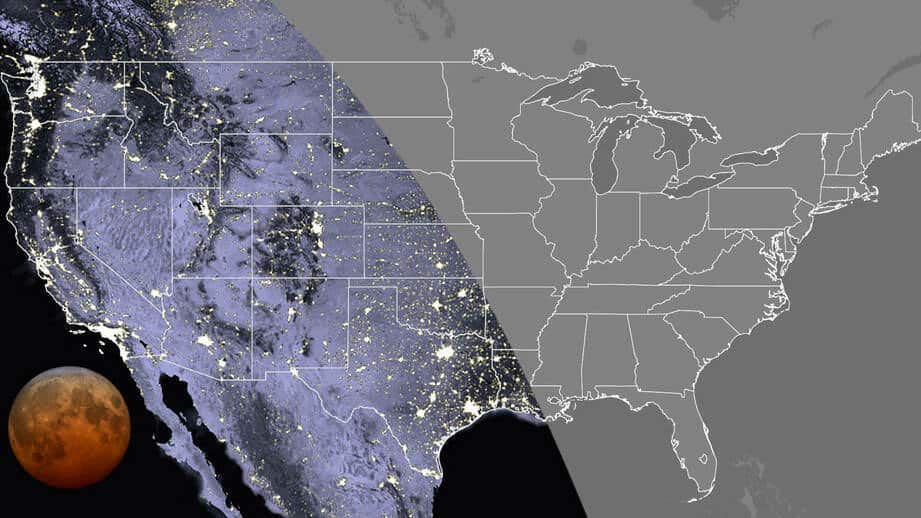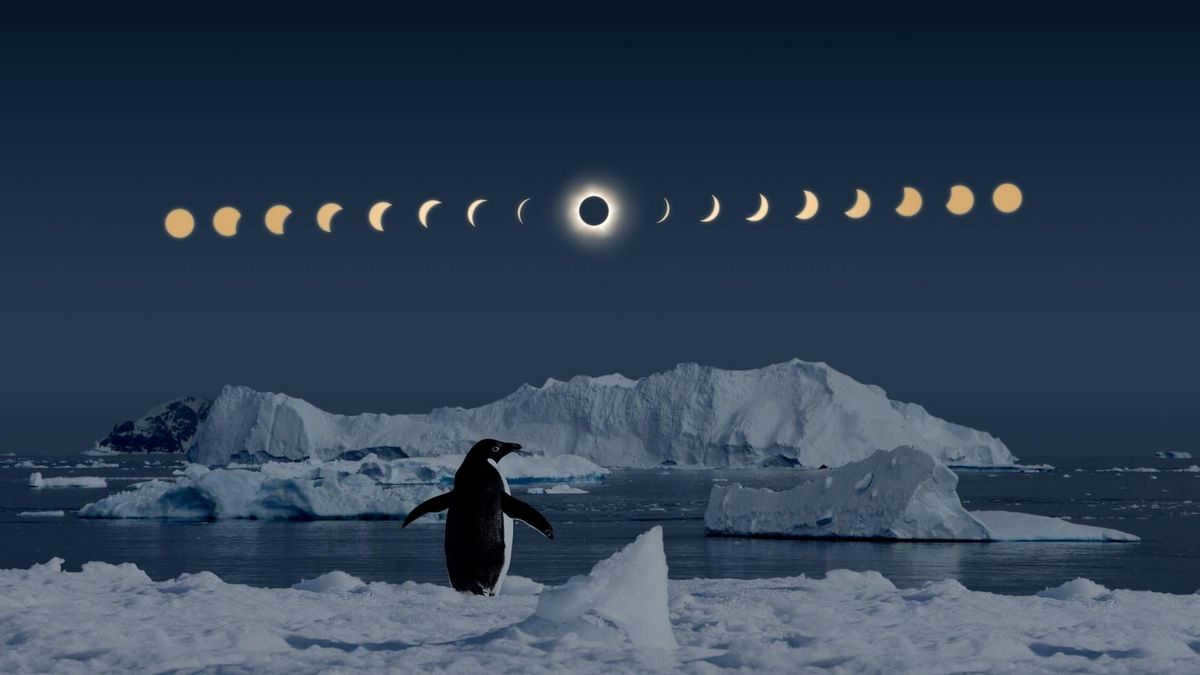
Residents of the Southern Hemisphere will have the exclusive opportunity to witness a total solar eclipse on December 4, 2021. In this article, we will provide you with detailed information about this remarkable celestial event.
It is important to note that when observing the Sun during the eclipse, it is crucial to use a protective light filter. Ordinary sunglasses will not provide adequate protection.
If you want to expand your knowledge about solar and lunar eclipses, you can test your understanding by taking our quiz.

Can you witness a solar eclipse from the Moon’s surface? When was the first recorded video of an eclipse? Put your knowledge of solar and lunar eclipses to the test.
What exactly is a solar eclipse?
A solar eclipse is a celestial event where the Moon moves between the Earth and the Sun, causing the Earth to be covered in its shadow. Consequently, the Moon obscures the Sun, leading to the partial or total absence of sunlight in certain regions. A complete solar eclipse occurs when the Sun, Moon, and Earth align perfectly in a straight line. If the alignment is slightly off, a partial eclipse can be observed.
Take a look at our video to gain a better understanding of what a solar eclipse is.
What occurs during a solar eclipse?
Individuals positioned within the core of the moon’s shadow have the opportunity to witness a total solar eclipse. The moon completely conceals the solar disk, causing the sky to darken in a manner reminiscent of nighttime.
In the case of a partial solar eclipse, onlookers can observe the Sun being partially concealed by the lunar disk. During this type of eclipse, the sky darkens to a lesser extent as a portion of the Sun remains visible.
What is the location of the solar eclipse in December 2021?
The upcoming solar eclipse on December 4, 2021 will only be visible in Antarctica. Those in Namibia, Lesotho, South Africa, South Georgia and the Sandwich Islands, Crozet Islands, St. Helena, Falkland Islands, Chile, New Zealand, and Australia will experience a partial solar eclipse. However, the amount of the Sun’s coverage will be minimal for these regions.
What is the timing of the solar eclipse in 2021?
Here is the schedule for the total solar eclipse on December 4, 2021. Please note that we are providing the timings in Moscow and Greenwich Mean Time. If you are in a different time zone, you will need to convert these timings to your local time.
- Commencement of the partial eclipse: 08:29:16 Moscow time (05:29:16 GMT).
- Commencement of the total eclipse: 10:00:04 Moscow time (07:00:04 GMT)
- Maximum phase: 10:33:26 Moscow time (07:33:26 GMT)
- Conclusion of the total eclipse: 11:06:32 Moscow time (08:06:32 GMT)
- Conclusion of the partial eclipse: 12:37:26 Moscow time (09:37:26 GMT)
Utilize the Eclipse Guide app to track the solar eclipse. The app provides the precise local timings for each phase of the eclipse and recommends the best locations for observation. It also includes interactive maps and sends notifications regarding the eclipse.
There will be two upcoming solar eclipses in the following year – on April 30th and October 25th, 2022. The first one will be visible from the Southeast Pacific and South America, while the second one will be visible from Europe, Northeast Africa, West Asia, and the Middle East.
The next total solar eclipse is scheduled to take place on April 8th, 2024. People in Mexico, the central and northeastern United States, and eastern Canada will have the opportunity to witness the total phase of the eclipse.
Now that you have the information about the locations and dates, you can plan to observe the final solar eclipse of 2021. We hope you have clear skies and successful observations!
Every day brings new holidays, events, and important dates. Start preparing today for what lies ahead tomorrow!
Recommend to your friends:
Check out the lunar eclipse on May 26, 2021: time and locations
If you’re interested in witnessing the lunar eclipse on the night of Wednesday, May 26, 2021, to Thursday, May 27, 2021, here’s some information for you. The full phase of the lunar eclipse, where the massive full Moon takes on a stunning blood red color for approximately 14 minutes, will be visible in various parts of the world. This includes Australia, Southeast Asia, western South America, and the western portion of the United States. Additionally, there will be a small viewing opportunity in certain areas of Russia. Don’t miss out on this incredible celestial event!
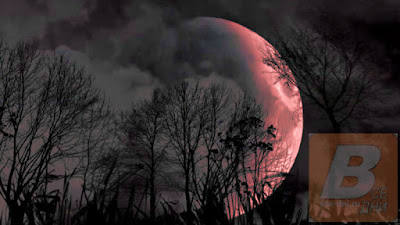
The lunar eclipse on May 26, 2021 will only be visible “live” in the eastern regions of Russia. Please refer to the photo below for the map of the eclipse.
Regarding the timing of this celestial occurrence, the full phase of the lunar eclipse will commence at 14:11 Moscow time. The peak moment will occur at 2:18 p.m. Moscow time, while the conclusion will take place at 14:25 Moscow time. The entire event will last for a duration of 14 minutes and 28 seconds.
Below are the local times for the maximum point in various cities within the Russian Federation:
The more eclipses that occur in a year, the more intricate it becomes. If we consider the year 2020, which saw a total of 6 eclipses (4 lunar and 2 solar), this phenomenon proves to be entirely justified. It is undeniable that the coronavirus pandemic, economic crisis, quarantine measures, and protests taking place in various countries around the world have greatly unsettled the people of our planet. We can only hope that the year 2021 will be more favorable to us, as it is predicted to have only 4 eclipses: 2 solar eclipses and 2 lunar eclipses. Specifically, there will be 2 solar eclipses and 2 lunar eclipses.. To find out which of these will be visible in Russia, Ukraine, and Belarus, as well as the dates for the solar and lunar eclipses in 2021, continue reading on joy-pup.com.
Eclipses in 2021: important dates and features
As previously mentioned, there will be a total of 4 eclipses in 2021 – 2 solar and 2 lunar.
- May 26 – total lunar eclipse.
- June 10 – annular solar eclipse.
- November 19 – a private lunar eclipse.
- December 4 – total solar eclipse.
During these celestial events, it is advisable to steer clear of negative influences and surround yourself with positive energy. Additionally, it is recommended to utilize personal talismans that align with your zodiac sign. To learn more about what you should and shouldn’t do during eclipses, continue reading.
What is the impact of eclipses on individuals?
Eclipses, whether solar or lunar, possess a powerful influence. When the moon partially or completely obscures the sun, a solar eclipse occurs. The world appears to momentarily freeze and descend into darkness. Conversely, a lunar eclipse transpires when the moon wholly or partially enters the Earth’s shadow. Throughout history, people have harbored a fear of eclipses and ascribed mystical and extraordinary phenomena to this period.
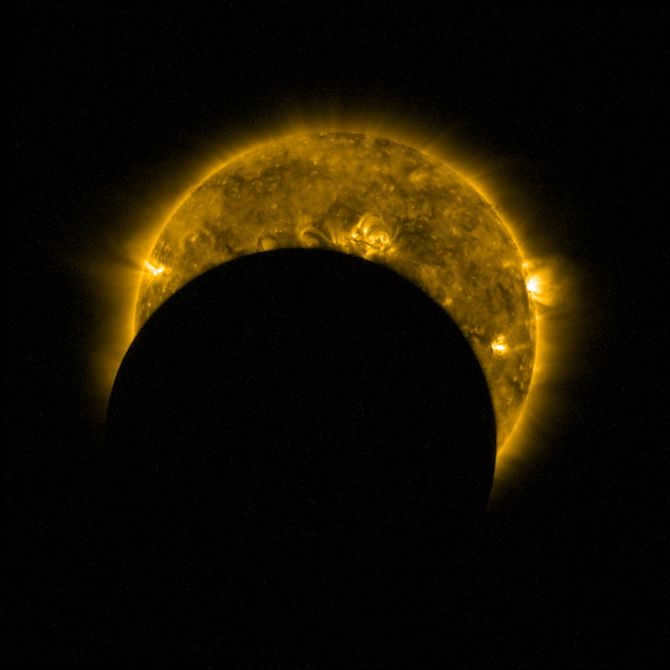
- For instance, it has been observed that seismic activity tends to increase during eclipses, along with the likelihood of hurricanes and storms.
- Animals, seemingly sensing the approach of an eclipse, exhibit abnormal and occasionally aggressive behavior.
- Individuals experience more frequent headaches, fluctuations in blood pressure, and a decline in overall health.
- Conflicts and instances of aggressive behavior in society become more prevalent during eclipses.
- Those suffering from hypertension and cardiovascular diseases often notice a worsening of symptoms during these celestial events.
Sensitive individuals experience an elevation in emotional tension, anxiety, and depressive states during periods characterized by lunar eclipses.
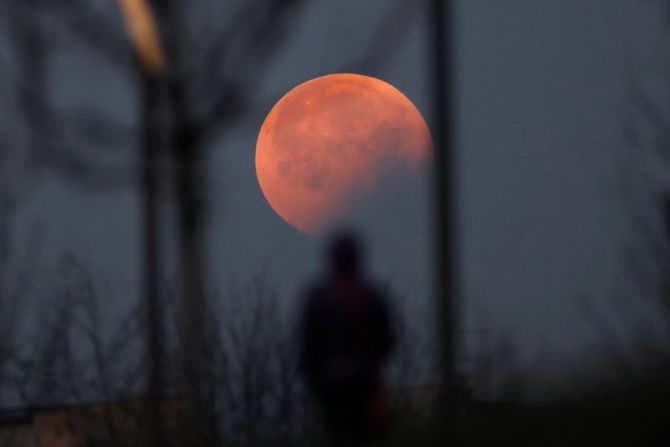
Solar eclipses have an impact on business, socializing, and interpersonal communication. During these periods, it can sometimes feel challenging to connect with even our closest loved ones, lose touch with partners, and experience conflicts with life partners.
Discover how to navigate the eclipses of the Moon and the Sun in 2021, as well as how to prepare for them, by reading on Joy-Pap.
What are the steps to get ready for solar and lunar eclipses in 2021?
To properly get ready for these unique astronomical events, it is recommended to start preparing three days in advance. During this time, it is crucial to reduce the pace of your daily life, reflect on your major objectives, and acknowledge any past errors you may have made.
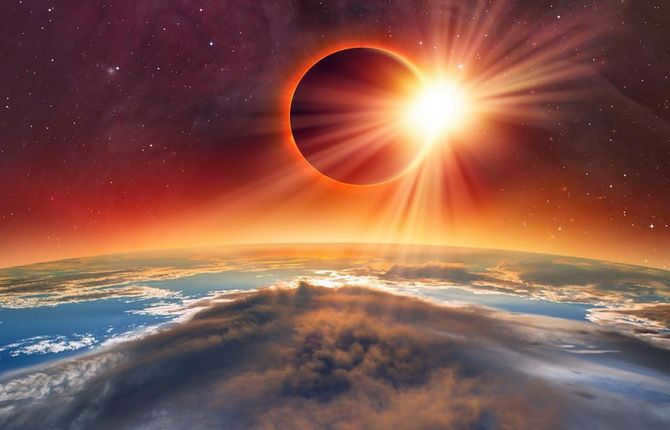
Commence your day with meditation or simply dedicate time to activities that bring you joy and fulfillment. This could involve engaging in a beloved pastime, immersing yourself in books, practicing yoga, or participating in sports. While engrossed in these pursuits, you are more likely to discover resolutions and answers to the questions that have been plaguing you. Your primary motivation in preparing for the eclipse is to cultivate a sense of awareness that you can truly feel and experience firsthand.
The series of eclipses in 2021 will start with a lunar eclipse on May 26th and conclude with a solar eclipse on June 10th, 2021.
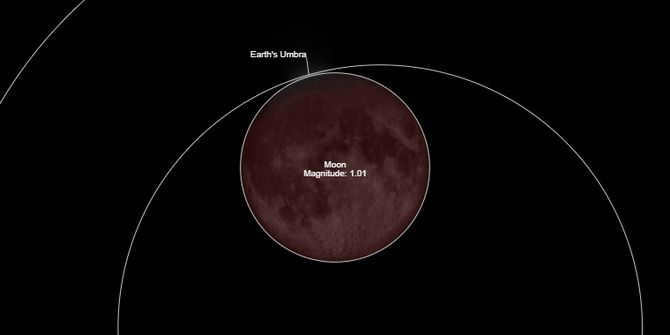
May 26, 2021 Total Lunar Eclipse
Exact Time: The total eclipse of the Moon will happen on May 26 at 14:18 Moscow and Kiev time (11:18 UTC).
Observation Locations: You can observe the lunar eclipse in Australia, certain parts of western United States, western South America, or Southeast Asia.
Duration: The lunar eclipse will last for 14 minutes and 30 seconds.
Will there be an eclipse in Russia and Ukraine? No.
How to Prepare: The lunar eclipse on May 26 will take place in the zodiac sign of Sagittarius. This is a period of wisdom and gaining new knowledge. Use this time to learn valuable skills and read books.
Guidance from an Astrologer: Take charge of your emotions and stay alert in your interactions with others. There might be individuals around you who are deceptive, jealous, manipulative, or draining.
Upcoming Partial Lunar Eclipse on November 19, 2021
The partial lunar eclipse happening on November 19, 2021 will mark the beginning of a series of eclipses that will span over 16 days, ending on December 4, 2021.
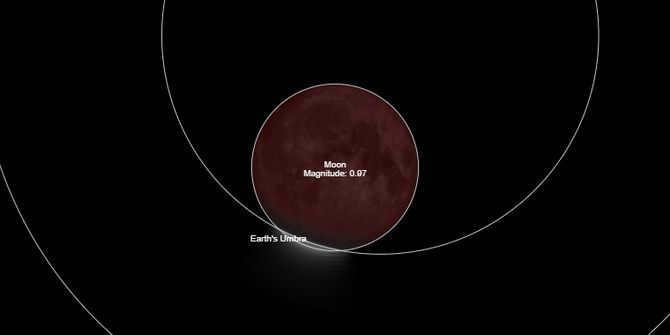
Exact Time of Occurrence: The lunar eclipse will take place on November 19 at 12:02 Moscow time and 11:02 Kiev time (09:02 UTC).
Observation Locations: This eclipse can be observed in most parts of Europe, Asia, Australia, North/West Africa, North America, South America, Pacific Ocean, Atlantic Ocean, Indian Ocean, and the Arctic.
Will Russia and Ukraine Experience the Eclipse? No, the eclipse will not be visible in Russia and Ukraine.
Preparation Tips: The lunar eclipse in the Taurus sign has an impact on the financial sector. It is important to settle debts, pay bills, and repay loan payments during this period. It is also beneficial to engage in cleaning activities and get rid of unnecessary things on this day.
2021 Solar Eclipses: A Look Ahead
Gone are the days when a solar eclipse was seen as a harbinger of doom. Today, we know better. Still, it’s important to stay informed about the upcoming solar eclipses of 2021 and learn how to make the most of these celestial spectacles.
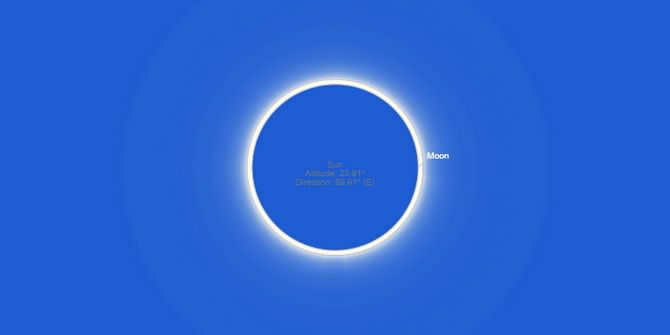
Ring-shaped solar eclipse on June 10, 2021
When it will occur: specific time. On June 10, 2021, at 13:41 Moscow and Kiev time (10:41 UTC), we will witness an annular solar eclipse.
Duration: It will last for 3 minutes and 51 seconds.
Where can I see it? You can observe it in most of Europe, most of Asia, North/West Africa, most of North America, Atlantic, and Arctic.
Will there be an eclipse in Russia and Ukraine? Yes, there will be an eclipse in the northern regions of Russia and Ukraine.
What is the best way to get ready? The solar eclipse has a direct impact on human communication. It is important to exercise caution when interacting with others, and it is also advisable to avoid making new acquaintances in the three days leading up to the eclipse and on the day of its occurrence.
Guidance from an astrologer. The solar eclipse in the Gemini sign will bring significant changes to individuals born under this zodiac sign. It is important to stay vigilant and be prepared for these changes.
Total solar eclipse occurring on December 4, 2021
When it will happen: precise timing. The total solar eclipse is scheduled to happen on December 4, 2021 at 10:34 AM Moscow time and 09:34 AM Kiev time (07:41 AM UTC).
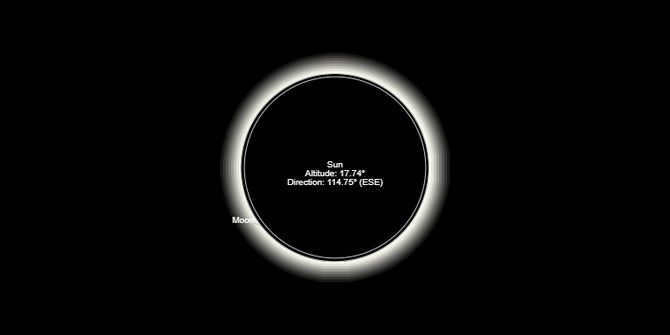
Duration: The eclipse will last for 1 minute and 54 seconds.
Locations to observe: The eclipse will be visible in the southern parts of Australia, Africa, South America, the Pacific Ocean, the Atlantic Ocean, the Indian Ocean, and Antarctica.
Will there be an eclipse in Russia and Ukraine? Unfortunately, there will be no eclipse in Russia and Ukraine.
How to prepare? During this period, it is advisable not to schedule any important events, make major purchases, or start any significant projects. It is also recommended to avoid conflicts related to religion, international relations, and child-rearing. Engaging in such conflicts will only lead to unnecessary stress and frustration.
Things to Avoid During the Eclipses of 2021
The eclipses of the Sun and Moon provide an opportunity for self-reflection and evaluation. It is a time to assess your achievements, consider what lies ahead, and contemplate areas for improvement in order to enhance your quality of life. While pondering these questions, it is important to be aware of the activities that should be avoided during lunar and solar eclipses.
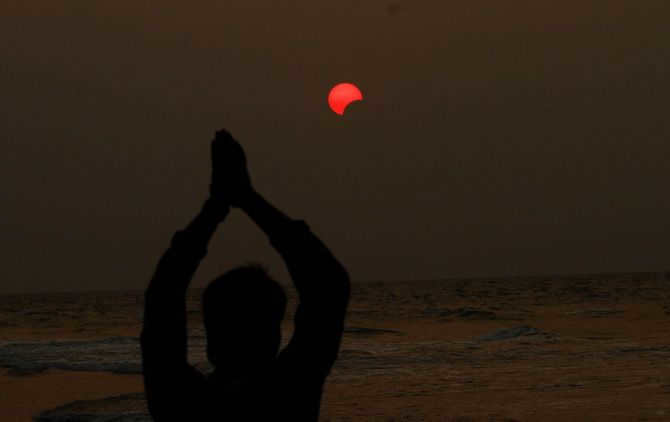
- Avoid scheduling any significant events, important decisions, and ambitious projects during the 2021 eclipse occurrences.
- Astrologers strongly advise against initiating a business venture, getting married, or planning to conceive a child during the lunar and solar eclipse phases.
- Exercise caution when expressing your opinions, as even the slightest spark can ignite conflicts.
It is crucial to bear in mind that even the slightest error can have a profound impact on your future destiny during eclipses. May you be in good health, happiness, and may the Universe always lend a helping hand in your endeavors!
Additionally, take a moment to learn about the periods of Mercury retrograde in 2021.
According to astronomers, there will be an annular solar eclipse on June 10, 2021. In light of this revelation, inquiries have arisen regarding the locations where this celestial phenomenon will be observable. As reported by www.1rre.ru, Earth’s inhabitants are equally interested in the astrological implications of the solar eclipse.
Which parts of the world will have a view of the solar eclipse on June 10?
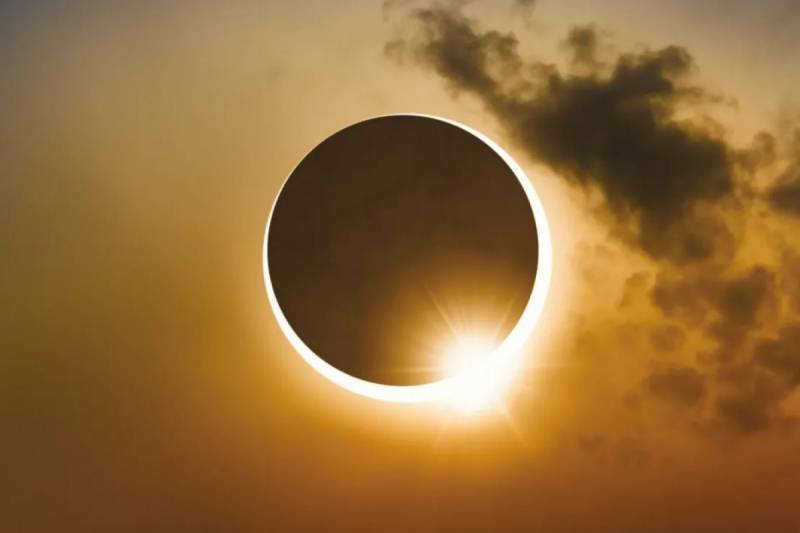
The annular solar eclipse is set to be an extraordinary event. What makes it even more remarkable is that it will be visible from the North Pole. Therefore, on June 10, 2021, citizens residing in the northern territories of Canada, Greenland, and certain regions of the Russian Federation will have the opportunity to witness this celestial phenomenon.
It is worth mentioning that in these specific areas, the annular solar eclipse will reach its maximum visibility during sunrise. The annular phase of this event is scheduled to commence at 9:55 a.m. worldwide time in the province of Ontario.
Furthermore, experts have already determined the precise coordinates of the solar eclipse. Residents in various regions of the Russian Federation will also be able to observe this spectacular occurrence.

Residents of the Sakha Republic and the western part of the Chukotka Autonomous Okrug will have the opportunity to witness the annular solar eclipse. Additionally, individuals living in the northern regions of Magadan Oblast and the northwestern parts of Kamchatka Krai will be able to observe this cosmic phenomenon.
The annular solar eclipse will come to an end at 11:30 a.m. worldwide time. It will be visible in the Republic of Sakha. Partial phases of the annular solar eclipse will also be observable in European countries, the former Soviet Union, and Mongolia.
Experts also reminded people that special glasses designed for viewing solar eclipses are necessary for safe observation.

Not only astronomers, but also astrologers are interested in studying the annular solar eclipse and other cosmic phenomena. Astrologers warn that this eclipse can have an impact on the people of Earth. They describe this period as a time of impulsive actions, arguments, and conflicts between individuals.
Under the influence of the annular solar eclipse, conflicts can arise between people, and astrologers believe that in some cases these conflicts can lead to the breakdown of relationships. Therefore, astrologers advise people on June 10, 2021 to be mindful of their words and actions. They also recommend ignoring any arguments that may arise due to the behavior of those around you.

The occurrence of an annular solar eclipse can have an alternative effect on the Earth’s population. As per astrologers’ claims, it is identified as a period of purification. Consequently, during this time frame, certain individuals may have the opportunity to sever ties with malevolent individuals. Furthermore, burdens that have been weighing heavily for an extended period of time might vanish from one’s life.
The solar eclipse on June 10th can also negatively impact the people residing on Earth. Consequently, those individuals who have existing issues with their nervous and respiratory systems, liver, gallbladder, or hands may be particularly affected. Therefore, extra caution should be taken when monitoring the health of these organs and systems.
Activities permitted and prohibited during the solar eclipse on June 10, 2021

Astrologers have provided us with guidelines to follow during the annular solar eclipse. These guidelines consist of both suggestions on what to do during this time and temporary restrictions on certain aspects of life. On June 10th, astrologers advise individuals to engage in cleansing rituals in various areas and directions such as the home, environment, body, and thoughts.

During the time of the annular solar eclipse, there are numerous favorable activities that one can partake in:
- Take precautionary measures to safeguard your mind and body against negative energy;
- Engage in meditation, prayer, and other forms of spiritual practices;
- Trust in your intuitive capabilities;
- Shield your health from negative influences;
- Eliminate any illusions that hinder your quality of life;
- Acquire new knowledge and develop new skills;
- Strive to enhance all aspects of your inner being.
During the annular solar eclipse, it is not recommended to engage in various magical rites and rituals, nor should you succumb to the provocative actions of others. Astrologers also advise avoiding crowded places.
There will be a rare event happening on Thursday, June 10 – an annular eclipse of the Sun. This phenomenon occurs when the Moon passes in front of the Sun but does not completely cover it, resulting in a thin ring of sunlight visible around the Moon’s edge. The maximum phase of the eclipse will occur at 13:40 Moscow time. This exciting news was shared on the official website of the Moscow Planetarium.
Which regions will have the opportunity to witness the annular eclipse?
The annular eclipse will first be visible in North America, then it will pass over the North Pole, and finally, it will conclude in the Russian Far East. Specifically, the annular phase of the eclipse will be visible in Ontario, Canada, Greenland, Denmark, the North Pole, and eastern Russia.
Where can the eclipse be observed in Russia?
The annular phase of the eclipse will only be visible in Yakutia and Chukotka.
Almost the entire territory of Russia will be within the viewing area of a partial eclipse. The extent of the partial phases will vary, ranging from 0.01 (the area of the solar disk diameter) in Komsomolsk-on-Amur (Khabarovsk Krai) to 0.91 in the town of Pevek in Chukotka.
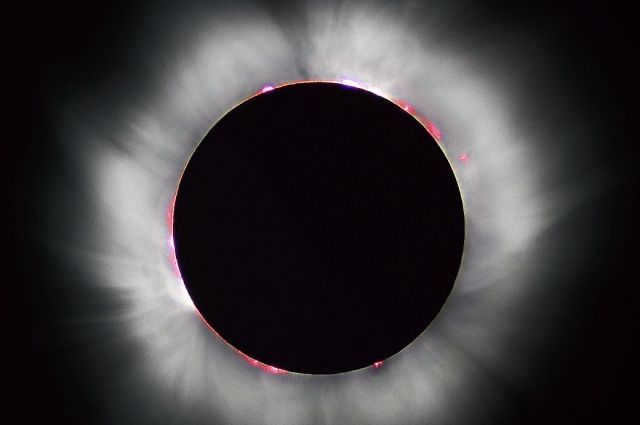
Residents of Crimea and the North Caucasus won’t be able to see the annular and partial eclipses because the Moon will pass by the Sun in the sky there. Additionally, these events won’t be visible in the southern parts of Khabarovsk Krai, Primorsky Krai, the Jewish Autonomous Region, and Sakhalin, where the Sun will set below the horizon before the eclipse starts.
When will the eclipse happen?
The eclipse is scheduled to start at 12:48 Moscow time at Lake Superior, located between Canada and the United States. The largest phase of the eclipse, with a magnitude of 0.944, will occur at 13:40 Moscow time along the northern coast of Greenland and will last for 3 minutes and 52 seconds. At 14:00 Moscow time, the eclipse will be visible at the North Pole, followed by the annular phase reaching the northeast region of the Republic of Sakha (Yakutia) in Russia.
At 14:25, the maximum phase of the annular eclipse, with a magnitude of 0.94, will be visible near the mouth of the Indigirka River in Yakutia, specifically in the Chokurdakh and Tabor settlements. There, the eclipse will last for 3 minutes and 37 seconds. The annular eclipse will come to an end at 14:33 Moscow time, just north of Magadan Oblast in Russia.
What is the schedule for observing the partial phases of the eclipse?
The partial solar eclipse will be visible at different times depending on the location. It will start at 11:11 Moscow time in the central zone of the Atlantic Ocean and will end at 16:11 Moscow time in the Gobi Desert, near the border of Mongolia and China.
In Russia, the partial solar eclipse will start at 12:50 MSK in Kaliningrad (Kaliningrad region) and end at 16:07 MSK in Gorno-Altaisk (Altai Republic).
The size of the partial phases will vary in different regions of the country, with the northern and eastern areas experiencing larger phases. In the European part of the Russian Federation, the eclipse phase will be relatively small, while in the north of Siberia it will be at its maximum size.
To find out the specific times for the beginning, middle, and end of the partial eclipse, as well as the magnitude of the largest phase in different cities of Russia, you can visit the website of the Moscow Planetarium.
Can Moscow residents see the solar eclipse?
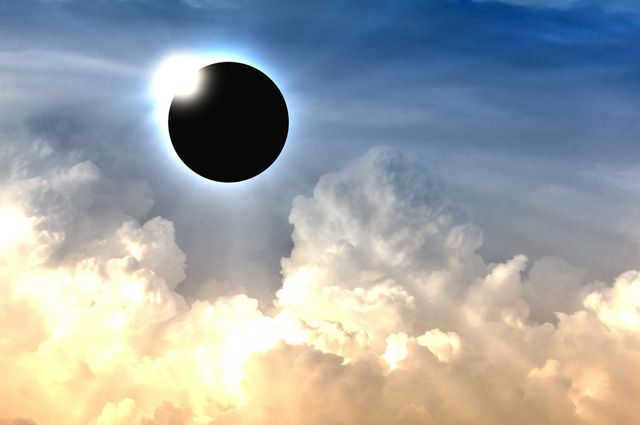
The solar eclipse in Moscow will only be visible in partial phases. Starting at 13:26, the Moon will gradually cover 3% of the Sun, with this coverage increasing until it reaches its peak at 14:26. During this time, the Moon will cover 16% of the solar disk. After reaching its maximum coverage, the eclipse will enter its final phase, gradually decreasing until it reaches 2% coverage at 15:26, at which point the eclipse will end.
It is only possible to observe the solar eclipse with the naked eye or through a telescope by using a special solar light filter. Without it, there is a risk of getting a retinal burn or causing serious damage to the eyes.
When using a telescope, the solar light filter should be attached to the lens. The safest method is to project an image of the Sun onto a white screen positioned behind the telescope eyepiece. It is important to avoid looking directly through the eyepiece while pointing the telescope at the eclipse.

